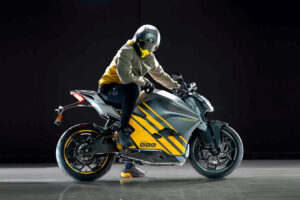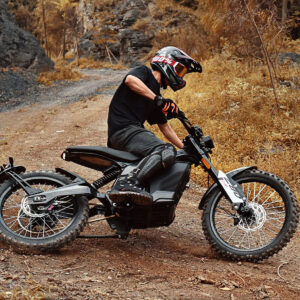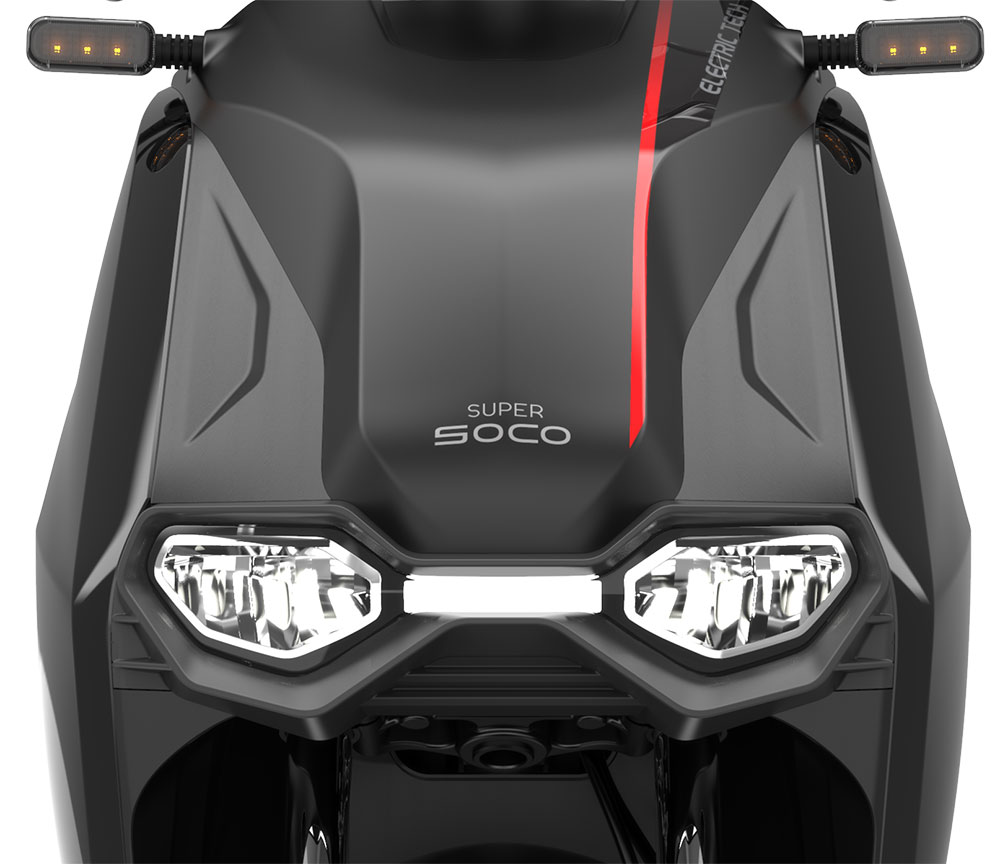When discussing electric motorcycles, we refer to legal motorcycles certified by Transport Canada under the Canadian Motor Vehicle Safety Standards (CMVSS). They meet stringent safety standards verified by Transport Canada. Their manufacturers are legally liable to Transport Canada and their motorcycles are internationally insured. They must be legally imported into Canada as Motorcycles, and each one of them registered in National Registry for the purpose of recall. They must bear a compliance label identifying their manufacturer with legitimate VIN.
These motorcycles fall into three categories, regardless of whether they are electric or internal combustion engine (ICE) models:
- Open Motorcycles (OM): These motorcycles can exceed 70 km/h and are freeway legal.
- Limited Speed Motorcycles (LSM): These have a maximum speed of 70 km/h and are road and highway legal.
- Restricted Use Motorcycles (RUM): These are designated for off-road use only.
A motorcycle driver’s license is required for OM category motorcycles, while the LSM category generally requires a regular driver’s license, though this may vary by province. RUM motorcycles do not require a driver’s license but cannot be plated for road use, with restrictions varying by province.
GROWING DEMAND
 Innovations Driven by Environmental Concerns Rising environmental concerns about carbon emissions have accelerated the demand for eco-friendly, fuel-efficient transportation, leading to a growing market for premium electric motorcycles. Advances in electric motors and controllers are delivering efficiencies of over 99%, far surpassing the average 20% efficiency of ICE engines. The electric motorbike faster acceleration than cars and conventional motorcycles cuts the commuting time by more than 30% in urban conditions.
Innovations Driven by Environmental Concerns Rising environmental concerns about carbon emissions have accelerated the demand for eco-friendly, fuel-efficient transportation, leading to a growing market for premium electric motorcycles. Advances in electric motors and controllers are delivering efficiencies of over 99%, far surpassing the average 20% efficiency of ICE engines. The electric motorbike faster acceleration than cars and conventional motorcycles cuts the commuting time by more than 30% in urban conditions. Lithium-ion Battery Advancements The growing demand for electric two-wheelers has driven rapid improvements in the energy density of lithium-ion (Li-ion) batteries, crucial for motorcycles due to their limited storage space and the need for lighter designs. Governments are also incentivizing the expansion of charging station networks. Li-ion batteries, with increasing capacity, safety, and affordability, have enabled motorcycles to surpass the range and power of ICE models. Companies like Zero and Energica have achieved performance levels in under a decade that ICE motorcycles took over a century to reach. Major manufacturers such as Ducati, BMW, KTM, and Triumph have also entered the electric motorcycle market, offering competitive models. Electric motorcycles now lead the market in urban commuting, circuit racing, and off-road sports.
Lithium-ion Battery Advancements The growing demand for electric two-wheelers has driven rapid improvements in the energy density of lithium-ion (Li-ion) batteries, crucial for motorcycles due to their limited storage space and the need for lighter designs. Governments are also incentivizing the expansion of charging station networks. Li-ion batteries, with increasing capacity, safety, and affordability, have enabled motorcycles to surpass the range and power of ICE models. Companies like Zero and Energica have achieved performance levels in under a decade that ICE motorcycles took over a century to reach. Major manufacturers such as Ducati, BMW, KTM, and Triumph have also entered the electric motorcycle market, offering competitive models. Electric motorcycles now lead the market in urban commuting, circuit racing, and off-road sports. Urban Adoption of E-Vehicles Premium electric motorcycles offer advantages such as better acceleration, higher torque, and longer ranges, making them increasingly popular in urban areas. While initially more suitable for city commuting, advancements in performance and battery capacity have made them viable for highway use, offering a faster, more economical alternative to traditional vehicles. Many highway-capable electric motorcycles now come equipped with fast chargers that can utilize vehicle fast-charging infrastructure. Additionally, for city dwellers living in apartments, manufacturers are developing models with swappable batteries, allowing riders to charge them off-board and swap them without needing immediate charging access.
Urban Adoption of E-Vehicles Premium electric motorcycles offer advantages such as better acceleration, higher torque, and longer ranges, making them increasingly popular in urban areas. While initially more suitable for city commuting, advancements in performance and battery capacity have made them viable for highway use, offering a faster, more economical alternative to traditional vehicles. Many highway-capable electric motorcycles now come equipped with fast chargers that can utilize vehicle fast-charging infrastructure. Additionally, for city dwellers living in apartments, manufacturers are developing models with swappable batteries, allowing riders to charge them off-board and swap them without needing immediate charging access. Rising Demand for Electric Sport Bikes The demand for electric sport motorcycles has surged, thanks to their higher speeds and superior efficiency. New electric motors, with instant torque, provide unmatched performance compared to ICE off-road motorcycles. Some electric competition motorcycles now reach speeds over 200 km/h, with 0-100 km/h acceleration in under 3 seconds. Their compact yet powerful motors and high energy density, fast-charging batteries make them a popular choice for off-road enthusiasts. In some models, gearboxes have been re-engineered, offering multiple gears that improve range and performance without the constant shifting required in ICE dirt bikes.
Rising Demand for Electric Sport Bikes The demand for electric sport motorcycles has surged, thanks to their higher speeds and superior efficiency. New electric motors, with instant torque, provide unmatched performance compared to ICE off-road motorcycles. Some electric competition motorcycles now reach speeds over 200 km/h, with 0-100 km/h acceleration in under 3 seconds. Their compact yet powerful motors and high energy density, fast-charging batteries make them a popular choice for off-road enthusiasts. In some models, gearboxes have been re-engineered, offering multiple gears that improve range and performance without the constant shifting required in ICE dirt bikes.- Government Initiatives in Canada and the USA To promote the adoption of electric vehicles and reduce carbon footprints, governments are offering various subsidies and incentives. Investments in charging infrastructure and additional benefits such as free parking and charging are stimulating the demand for electric motorcycles. Municipal traffic regulations in many cities are also incentivizing electric motorcycle use by granting access to bus lanes, allocating exclusive parking spaces, and providing other advantages. Provincial governments in Canada are offering direct incentives for purchasing street-legal electric motorcycles. For example:
- BC: Offers a 33% rebate.
- Quebec: Offers a $500 rebate.
- Yukon: Provides rebates for both electric motorcycles and e-bikes.




I’m 6’4″ 240 lbs. I want to know what kind of dirt bike l can ride in sand pit like?
Are they automatic or there a clutch to change speeds?
Thank you for your time.